Blogs
Dive Indonesia Part 3: Dive into Lembeh Trip Report
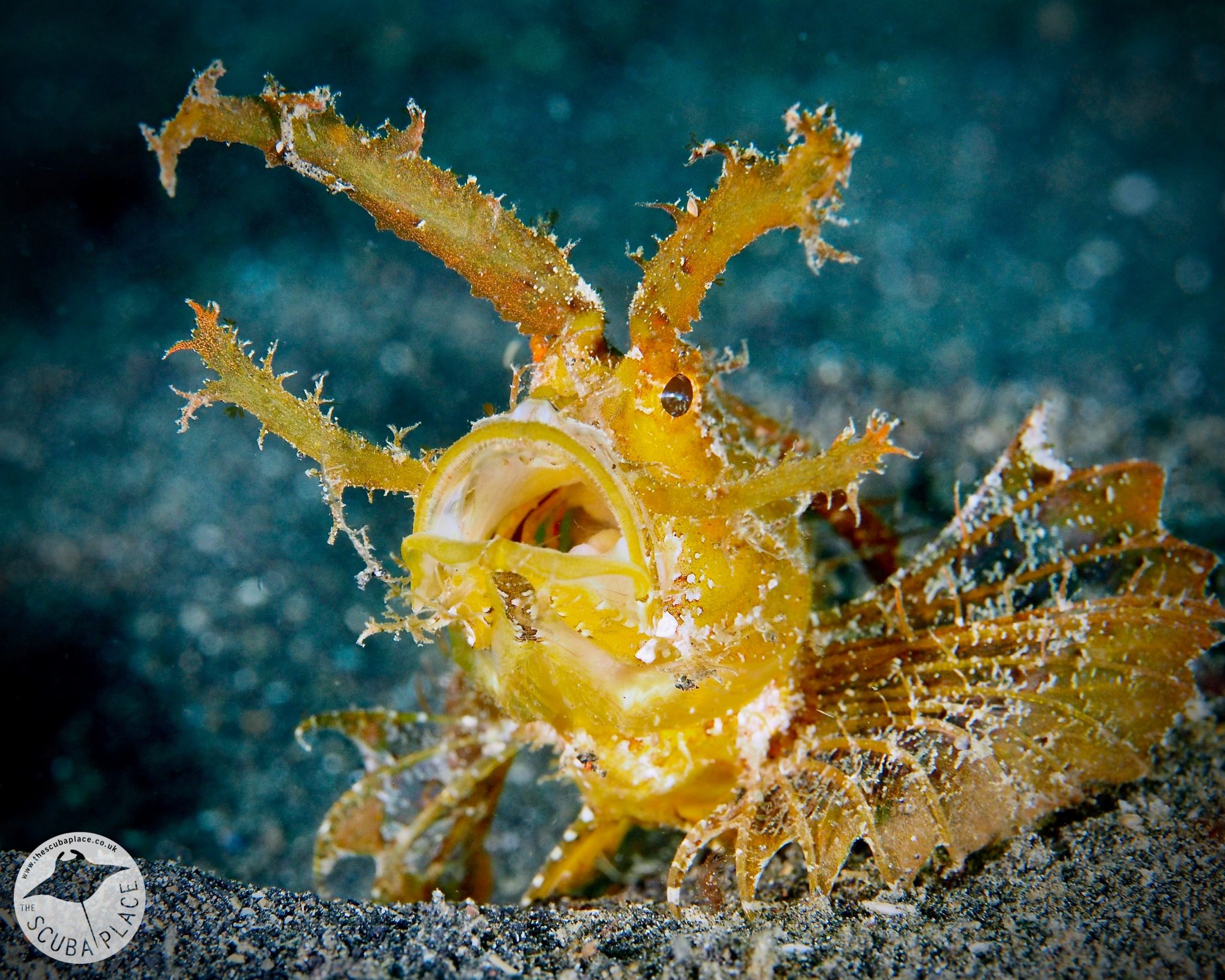
In January The Scuba Place visited Ambon, Raja Ampat and Lembeh hosting a group of friends and divers, and what a blast they had! They stayed at some amazing spots and saw some amazing things! This is their trip report on their third and final stop in Lembeh.
There are well-known diving destinations, and then there are places that have a reputation on a level all on their own. For critters and all things small, weird, and wonderful, there is no place better known than Lembeh.
Lembeh is a small island sitting off the north-eastern coast of Sulawesi, accessed by Manado Airport, then an hour’s drive. Getting to Manado is easy –flights from Jakarta, a major international hub, are direct to Manado and Garuda Indonesia airline gives divers 20kgs of checked baggage plus another 23kgs for scuba equipment, free of charge! What could be better than that?!
Arriving in Manado is civilised – this is a sizeable airport and well-organised. Our baggage came out promptly, and we were met by our resorts’ drivers, popped into lovely, air-conditioned SUVs, and off we set on our journey to Dive into Lembeh. The first 30 minutes or so of the journey was on the new main road to Bitung – after having navigated the local traffic surrounding the airport of course. Then, we were in the hills and the rural landscape replaced the city buildings.
Passing through the final village, Kasawari, you soon arrive at the resort where a warm greeting from the staff, bearing cold flannels and a tropical punch, awaits! While we sat and chatted and drank our much-needed cold punch, our bags were swept away. We were then escorted to our rooms, and WOW! – they were beautiful!
The rooms are in three categories – Long House, Sea View Bungalows, or a larger Suite. The Long House is exactly that – a terrace of three rooms in one building and is set back in the gardens. The Long House rooms are twins or doubles and have a shared deck with views toward the sea. The Suite is an oversized room with a bedroom and lounge area and a huge open-air shower room.
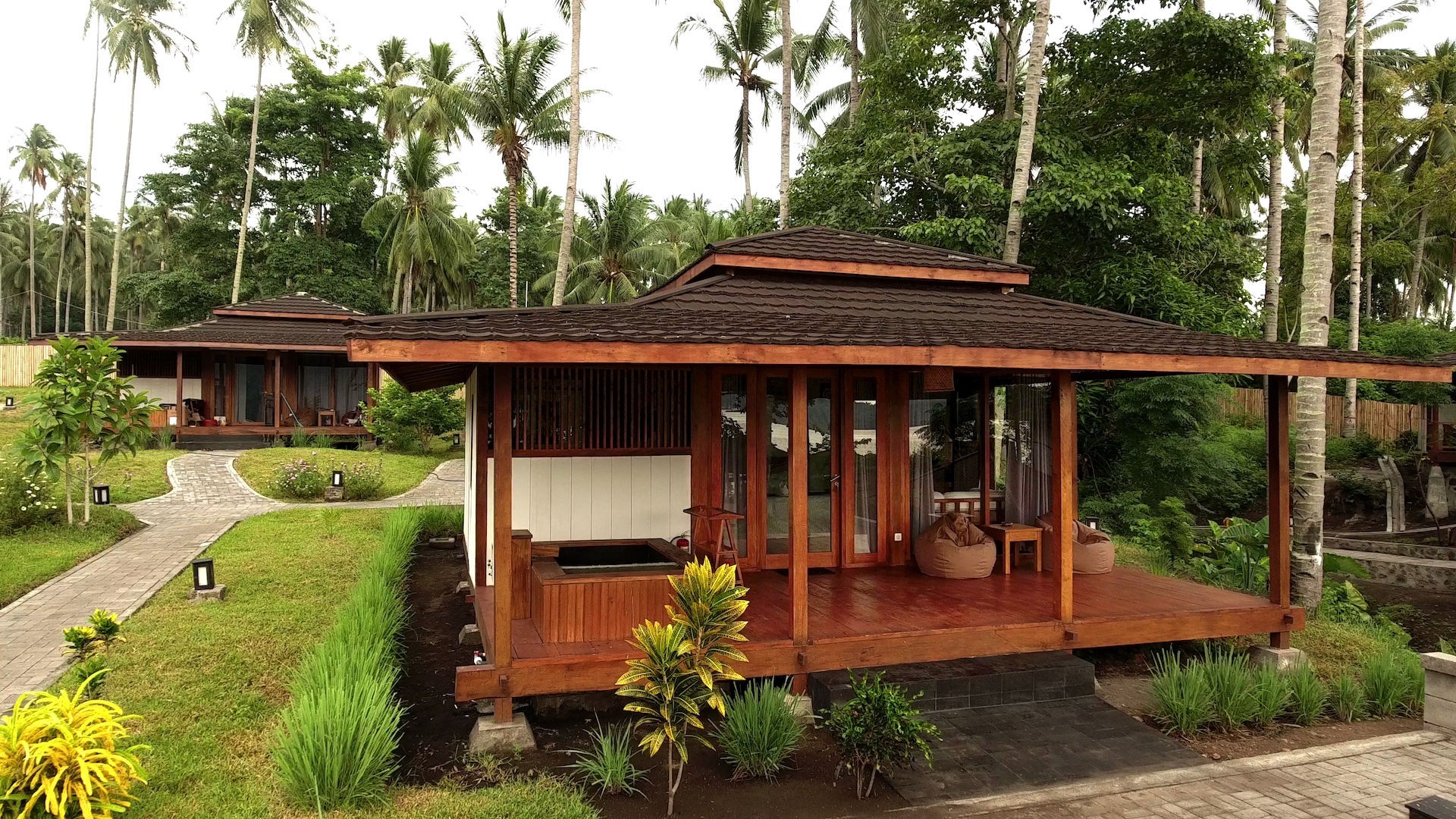
We stayed in a Sea View Bungalow. They are at the front of the resort and overlook the water and a few are in front of the beautiful swimming pool too. Each bungalow has a canopy bed (king or twin configuration), a neat storage area with wardrobes and shelving, a day bed for extra storage or a third occupant, and a huge desk with power points with a stocked mini fridge below. There is also an indoor/outdoor bathroom with a walk-in shower.
The rooms are beautifully finished – authentic wood floors, walls, and woven ceilings and all the bungalows and the suite have their own deck to the front with table and chairs, plus the real surprise – a lovely Japanese-style style hot tub. This is, and trust us, the perfect place to sit with a cold beer after a full day of diving!
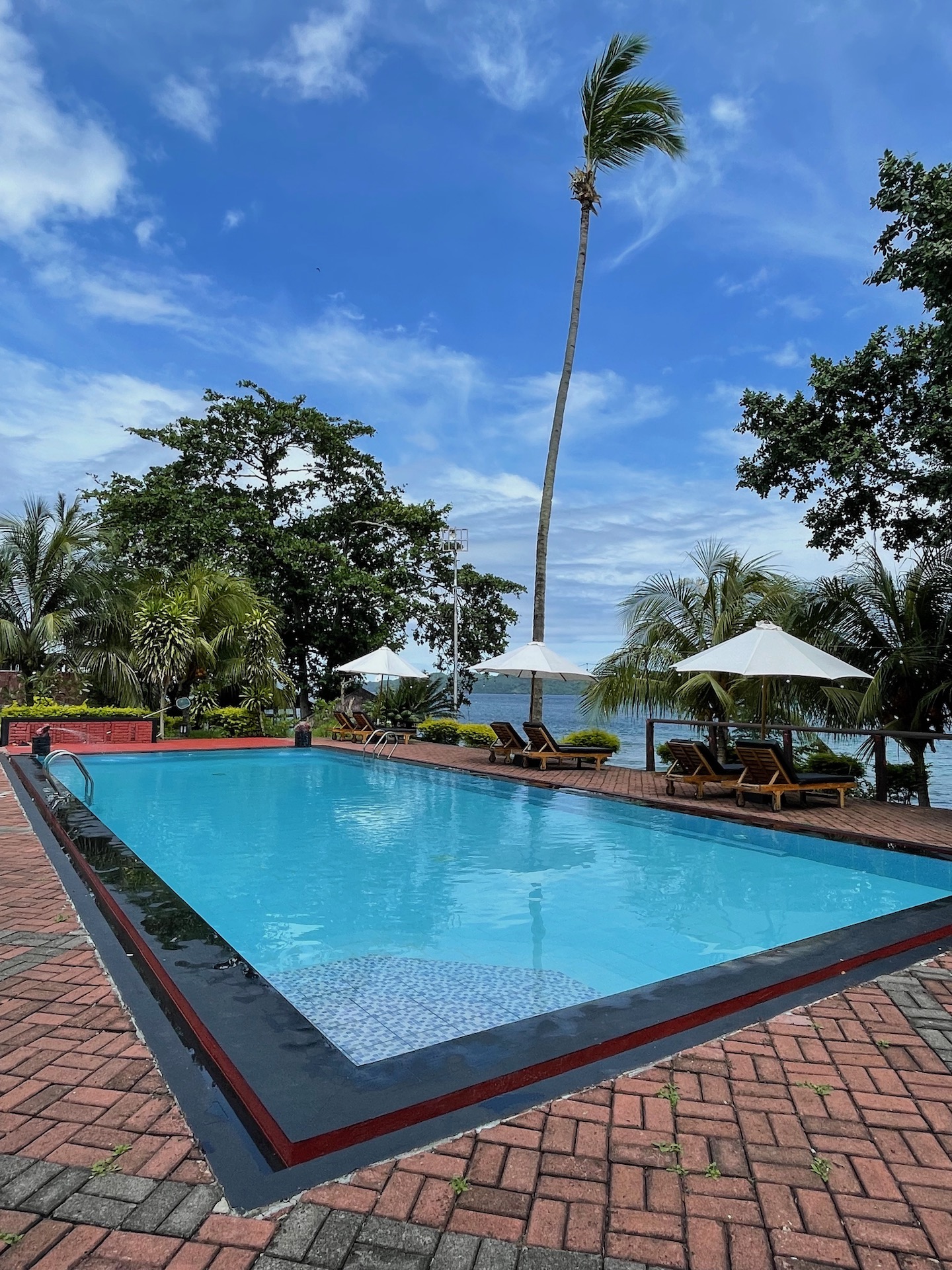
The swimming pool is beautiful, and the terraces surrounding it look directly over the strait to the island. If you get any downtime, this is the place to be! Or there is always the bar! The bar is in the central building together with a comfortable lounge area and of course the restaurant. Cold beers are plenty, but let the expert barman make you a cocktail – the Lembeh Mojito was superb! Imagine a normal mojito and add fresh lemon grass, fresh ginger, and chilli peppers … amazing!
This leads nicely into the food. – a very important part of any dive trip! There is, simply put, loads of it, and it is delicious!
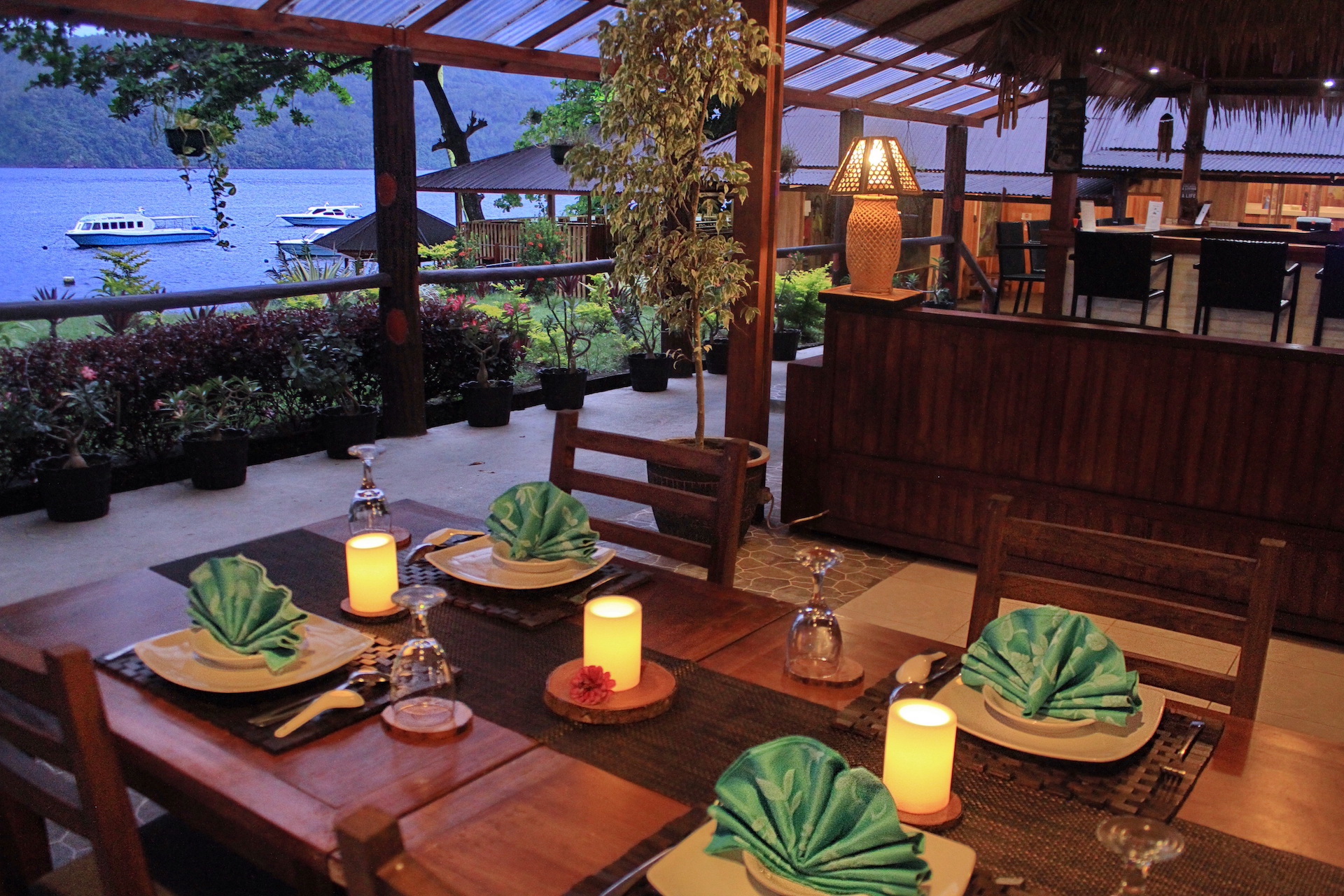
The first breakfast is toast and cereals, juice, and hot drinks. This is available all day every day! The second breakfast is served after the first morning dive, and this is an awesome meal. A good blend of Western and Indonesian offerings, with eggs cooked to order. Manado porridge, a local dish of savoury oats was delicious, and supported by nasi goreng, mi goreng, rice noodles, waffles, pancakes, and good old bacon. Everything was cooked beautifully, and we were spoilt! Fresh fruit was plentiful and with numerous lime, mango and soursop trees on the property, getting your 5-a-day was easy!
Lunch started with the most amazing soups freshly made each day. Three or four main meal selections were served with rice, noodles, potatoes, and tofu – the choice was amazing and the food delicious. Dessert would be fruit at lunchtime and a more substantial offering, normally with ice cream, at dinner, following another amazing main meal!
The chefs are genius – the food is exceptional, and of course, supplied with a choice of hot sambals and chilli relishes ranging from the tongue tingling to the head-melting inferno versions only for the brave (or daft!). The highlight of our week was a hog roast – served with all the trimmings. We had guests with dietary requirements and vegetarian preferences in our group, and they were well catered-to.
After our afternoon dive, we were greeted at the dive centre with hot ginger and lemon grass tea or hot chocolate alongside donuts, cakes, or biscuits. Eat, sleep, dive, and repeat – it is a real way of life here!
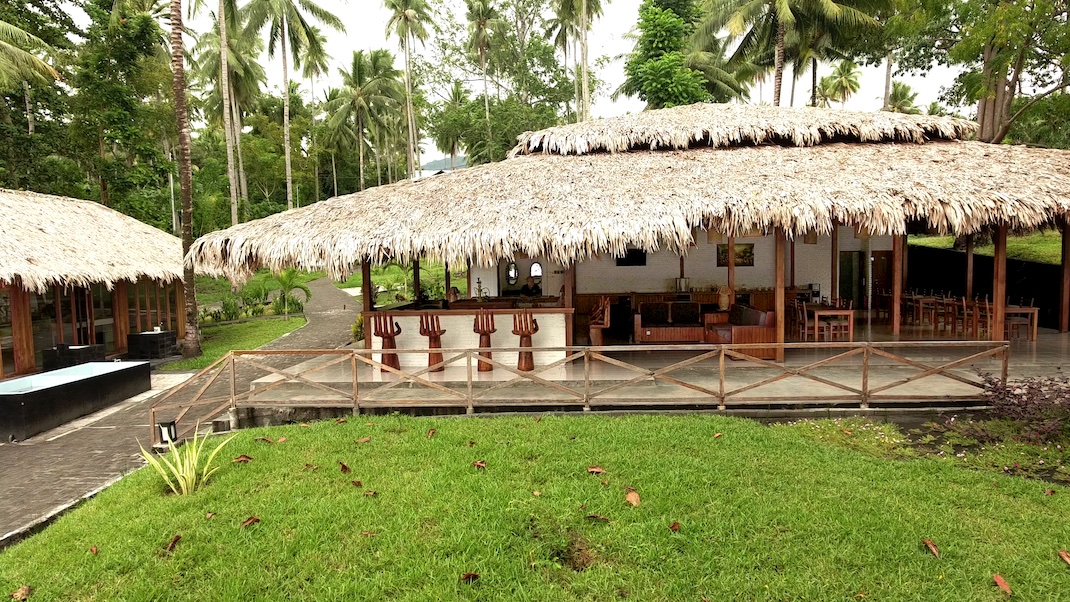
The lounge and bar area are also a venue for some presentations. Our dive guide, Agust, studied marine biology at university and is a bit of a nudibranch specialist. He delivered a great 40-minute presentation on his favourite subject. And then Ben, the dive boss and professional photographer of international standing, gave an inspirational talk on creative lighting using torches. A few of our gang ditched their strobes and tried out some of the techniques Ben taught us with some exceptional results!
The camera room has rinse tanks and airguns outside, with personal cubby spaces and plenty of power points, towels, and storage – the perfect setup for underwater photographers and videographers. Between dives, you do what you need to your camera, and then pop it into a basket back in the rinse tank and it is automatically taken to the boat in time for your next dive.
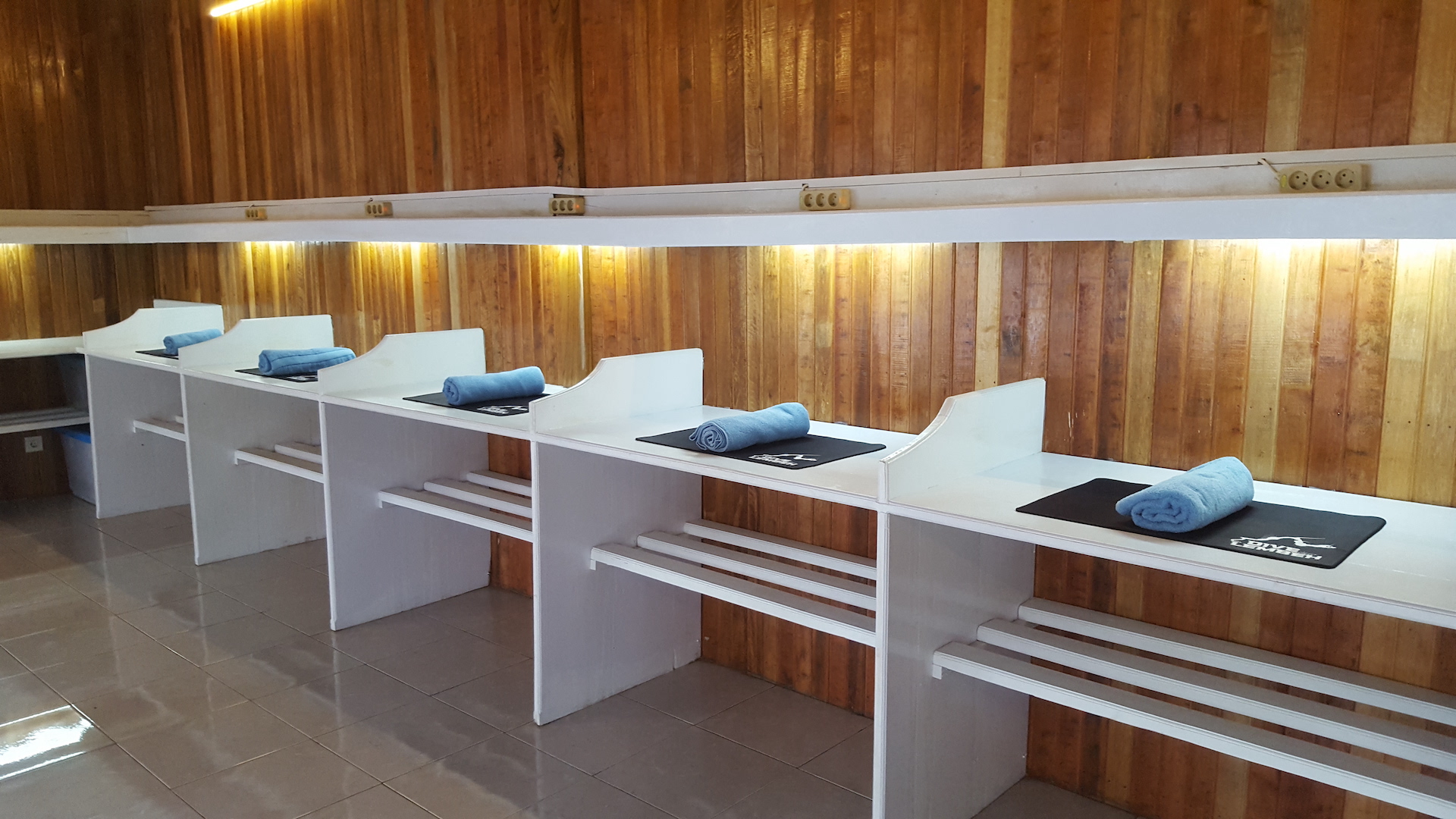
The dive centre is as close to the water as you can get and provides each diver with space for a gear basket and plenty of hanging space. There are rinse tanks right next to the kit room, showers, drying racks, and plenty of benches for pulling on those wetsuits and boots. Your BCD awaits you on the boat, so absolutely no humping of kit anywhere!
The diving – at last, I hear you say! Sorry not sorry – the resort is amazing, and it needed to be said! Packages at Dive into Lembeh can be based on two dives a day or three. We say book the three-dive package – you will want to do every possible dive there is, and it is a little cheaper to book in advance than it is to pay for extra dives in resort. Nitrox is available in the resort ($7 per fill or $20 per day) and guided night dives are $35. Spend a few pennies and do a night dive! Octopus, bobbit worms, moon head sea slug, nebulose moon snail, stargazers, frogfish…we saw so much!!
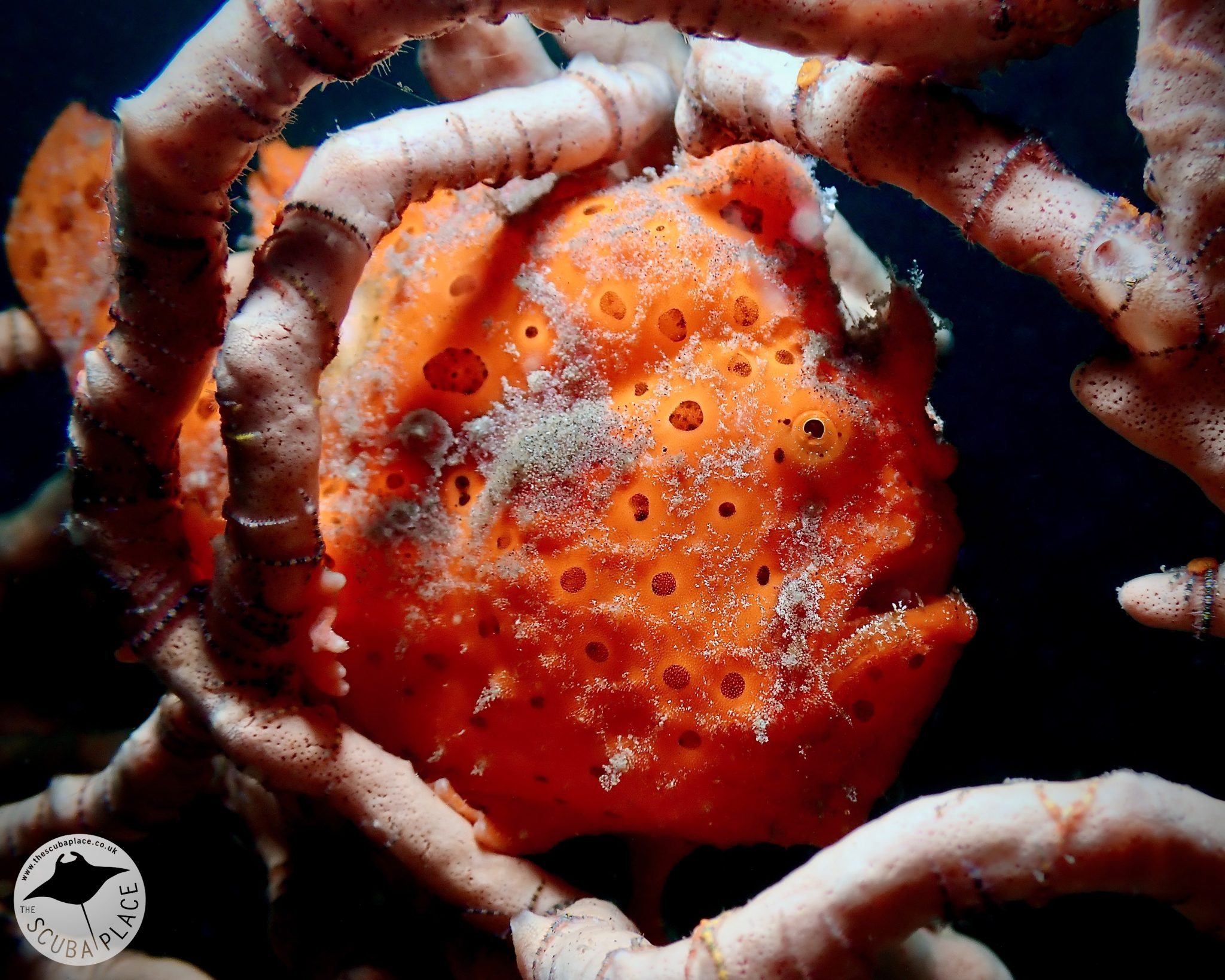
07:30 is dive one, 10:30 the next, and then the third is at 230pm. The house reef is open all day in daylight hours too and is well worth a dive or three! From the boat, you drop in on muck, black sand, or a sloping seabed with coral bommies and then get your eyes into focus…. there is so much to see.
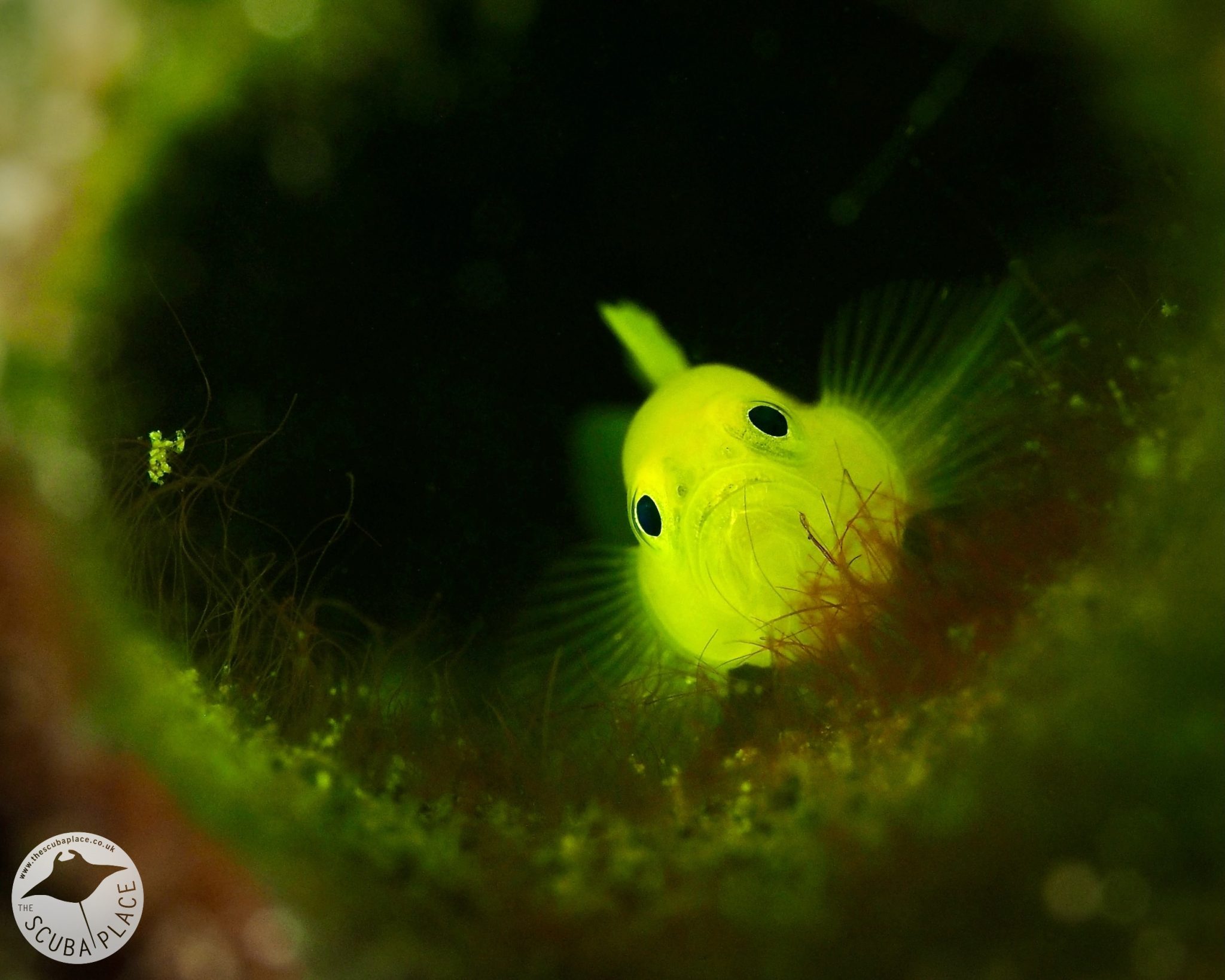
Lembeh is famous for critters – all things weird and wonderful and is well known for frogfish and various species of octopi. Every dive captures the simply amazing nature of the Lembeh Strait. We saw hairy, striated, painted, and warty frogfish of all shapes and sizes – from the smallest imaginable to the pretty huge.
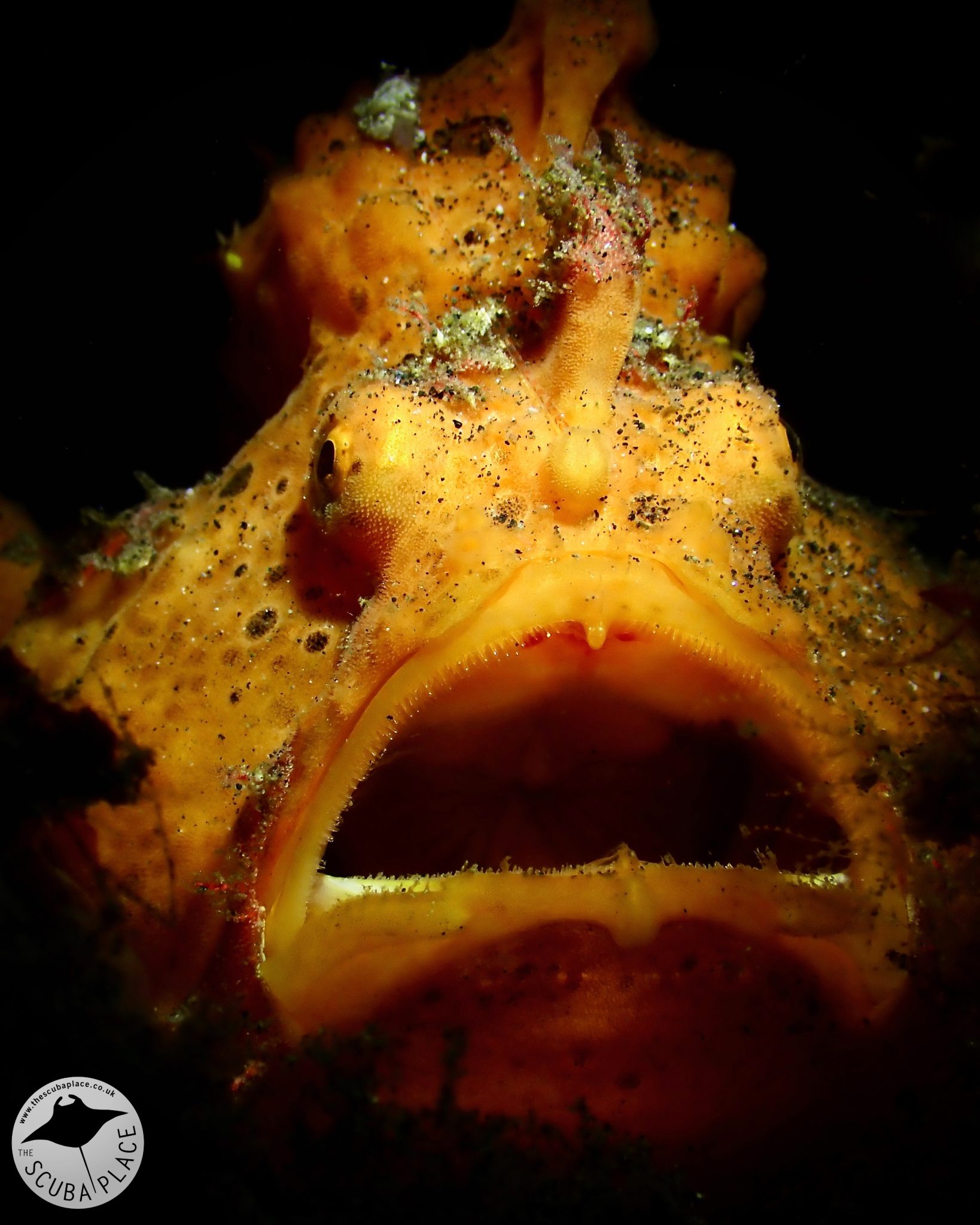
We encountered mimic, wonderpus, reef, long-armed, blue-ringed, and coconut octopus. There are shrimps of every variety – emperor, Coleman, hairy, skeleton, harlequin, and tiger!
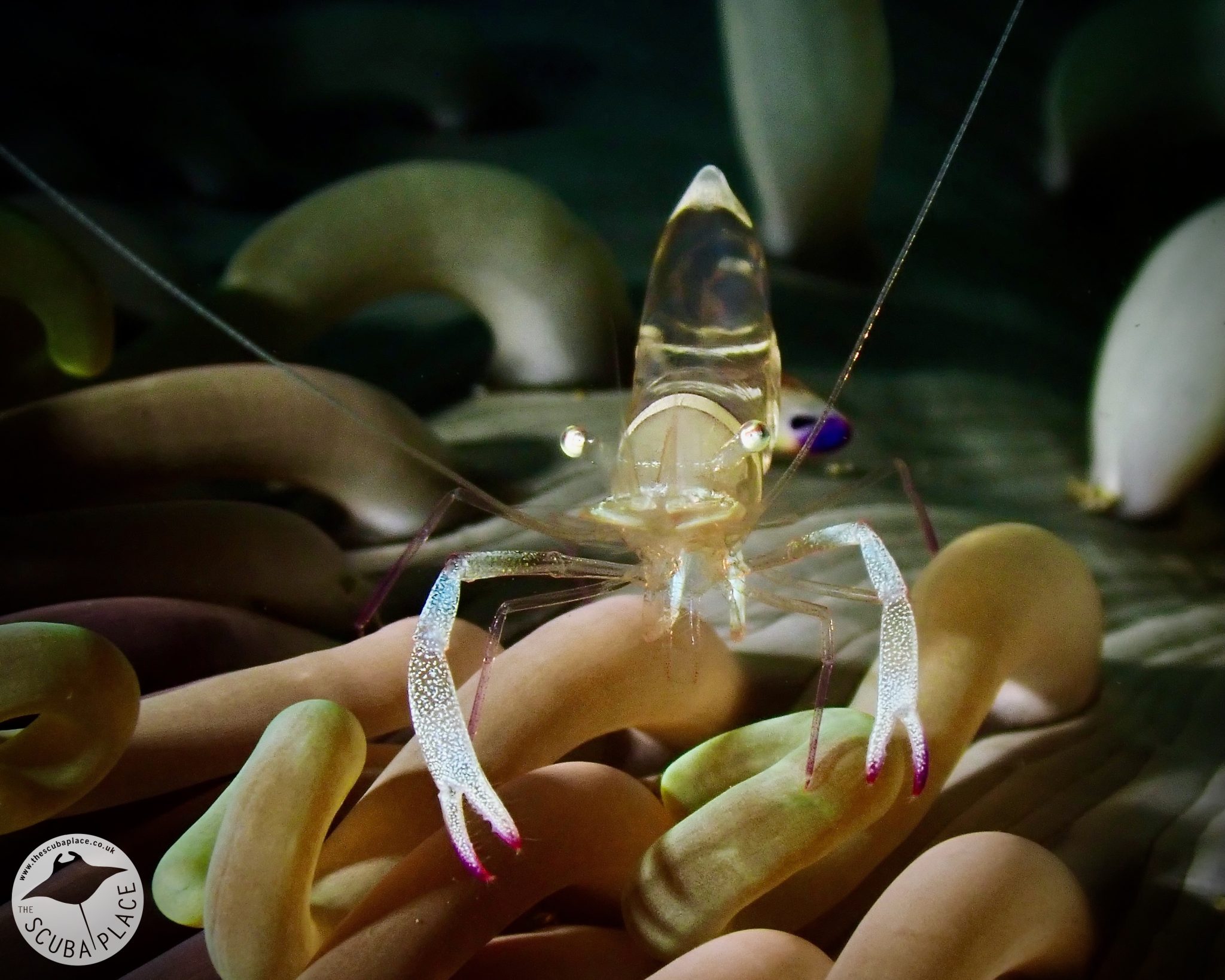
And crabs – porcelain, pom-pom, candy, and squat lobsters galore, including the amazing purple hairy ones you can find on barrel coral! We found scorpion fish, sea moths, Ambon scorpionfish, flathead and crocodile snake eels out hunting. And then nudis – hundreds of them! And seahorses and pygmy seahorses and and and and! The list is endless, and we will let our galleries do the talking, but it is safe to say that Lembeh delivered – in buckets!
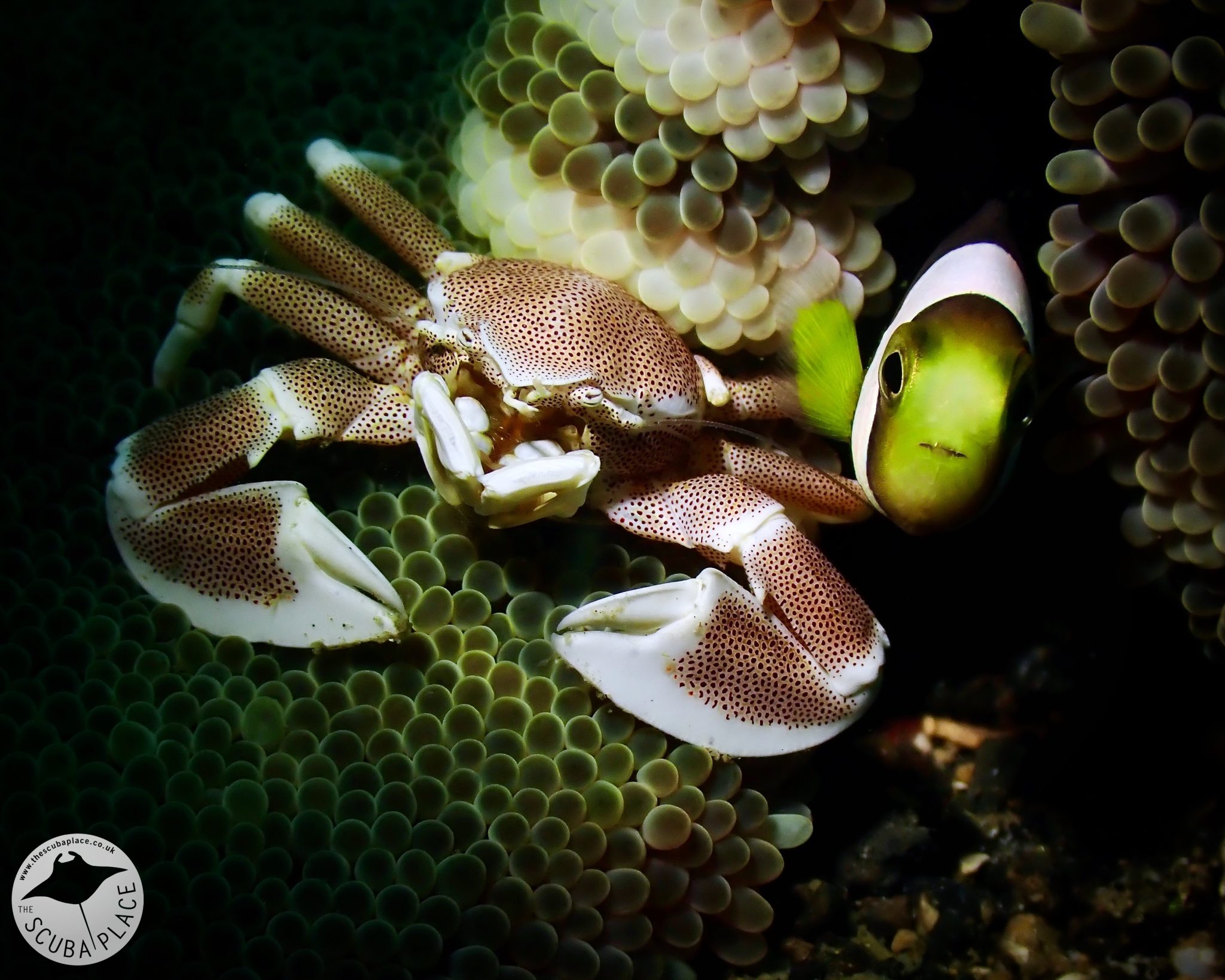
The best dive? Getting to spend 45 minutes watching a coconut octopus decide on a new ‘house’ – a bigger and better shell than it was in, and watching it move from one to the other, and then disposing of the old shell by carrying it away from its territory! Just magical.
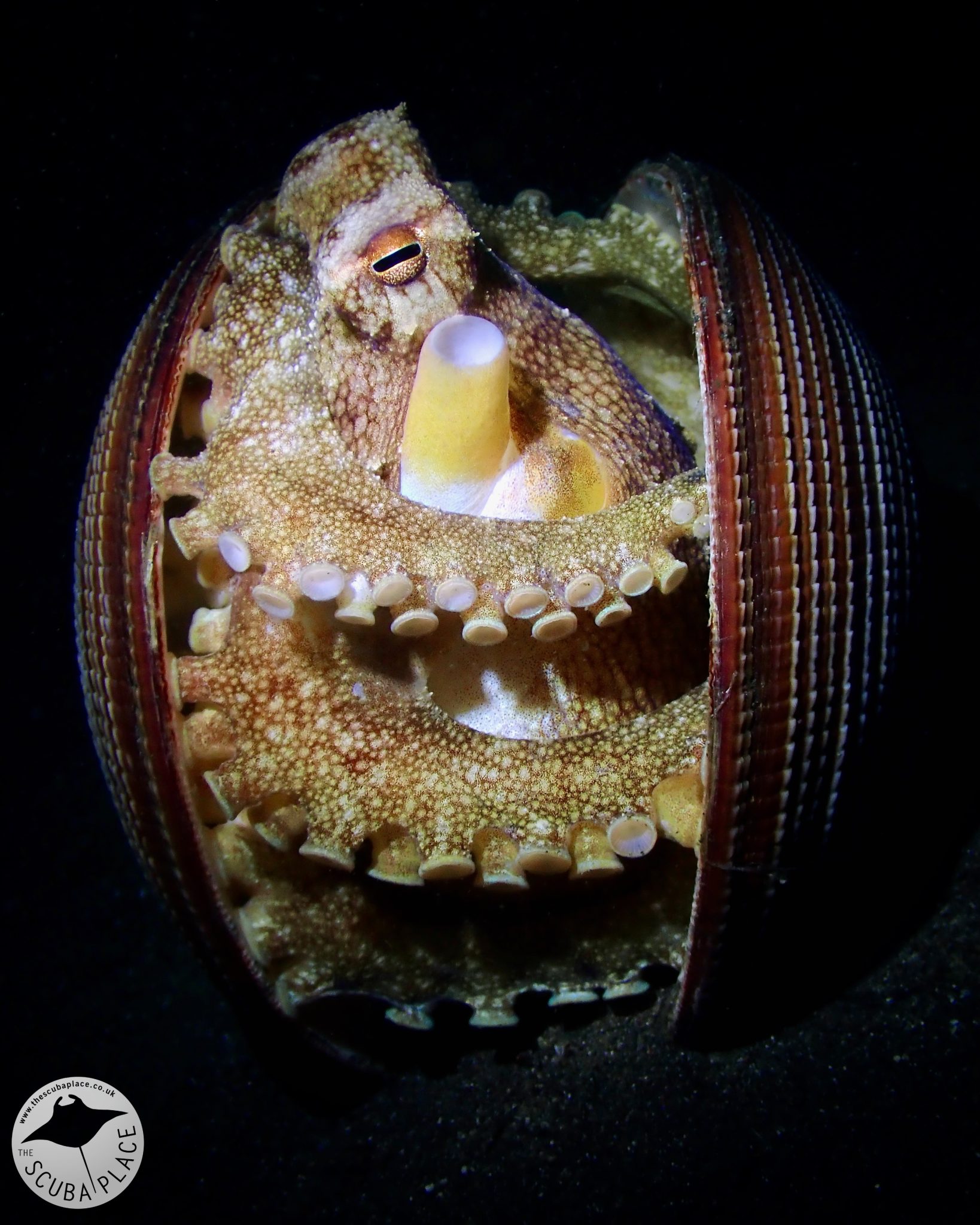
Our guides were exceptional and stayed with us from the beginning of the week to the very end, getting to know our diving styles and preferences and photography skills. Many of the guides have some experience with underwater photography and were happy to hold torches and make suggestions – underwater!! They tried their very best to deliver our bucket list and did so for one diver when they found a harlequin shrimp on our last dive! We were lucky to have one guide for every two divers and we are now ruined forever!
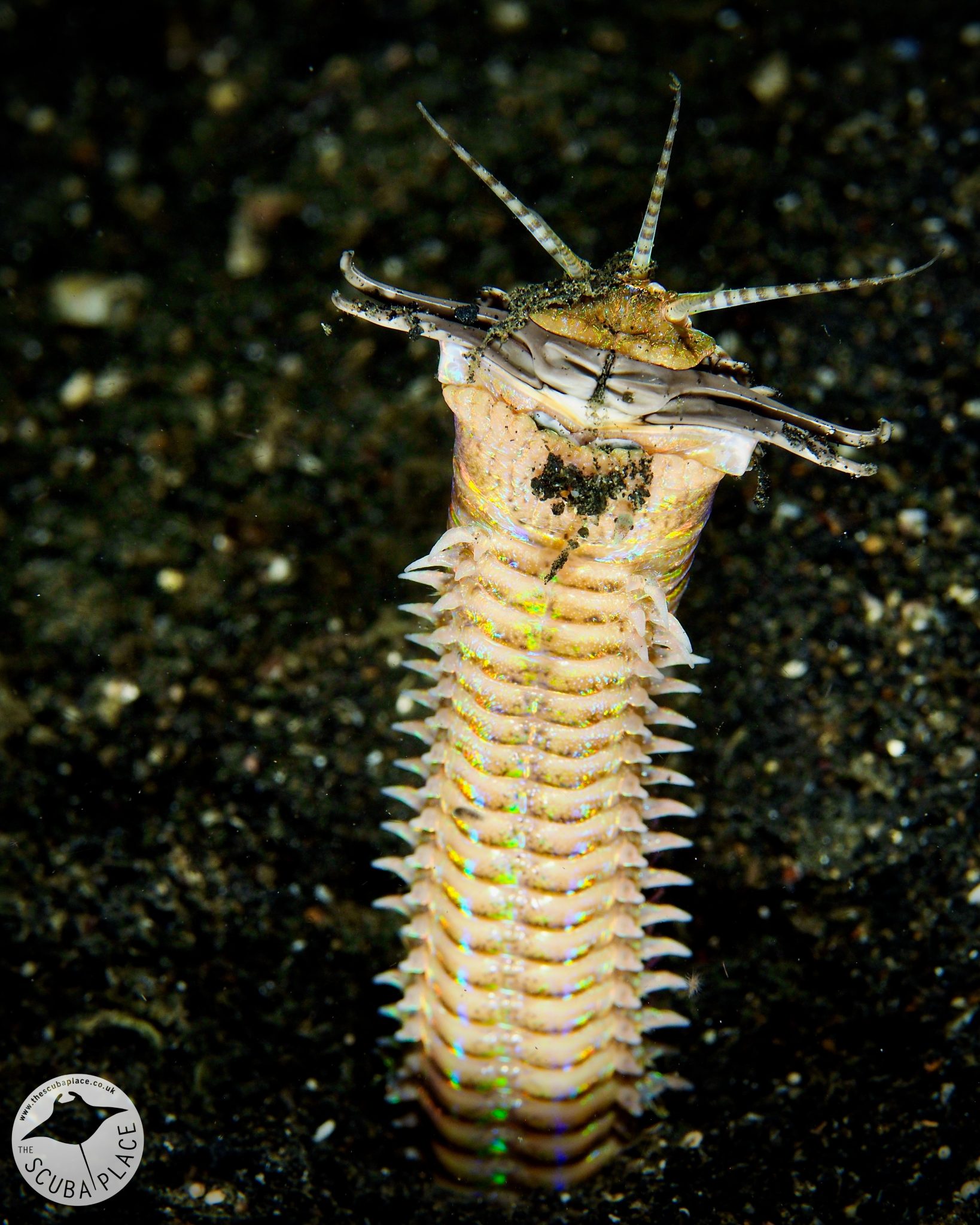
I know that there are those who like big stuff and colourful reefs, and I understand that totally – I am like that too. My first proper muck dive was a few years back in the Philippines, and I have been addicted ever since! The ‘yield’ is phenomenal in Lembeh, that being the amount of magical stuff that you see, and I would encourage everyone to give this a proper go. For photographers, macro lenses bring a little frustration at first and then great results – and using a strobe or a torch brings great colour to your photographs. For me, it doesn’t get any better, and I remain addicted to critters.
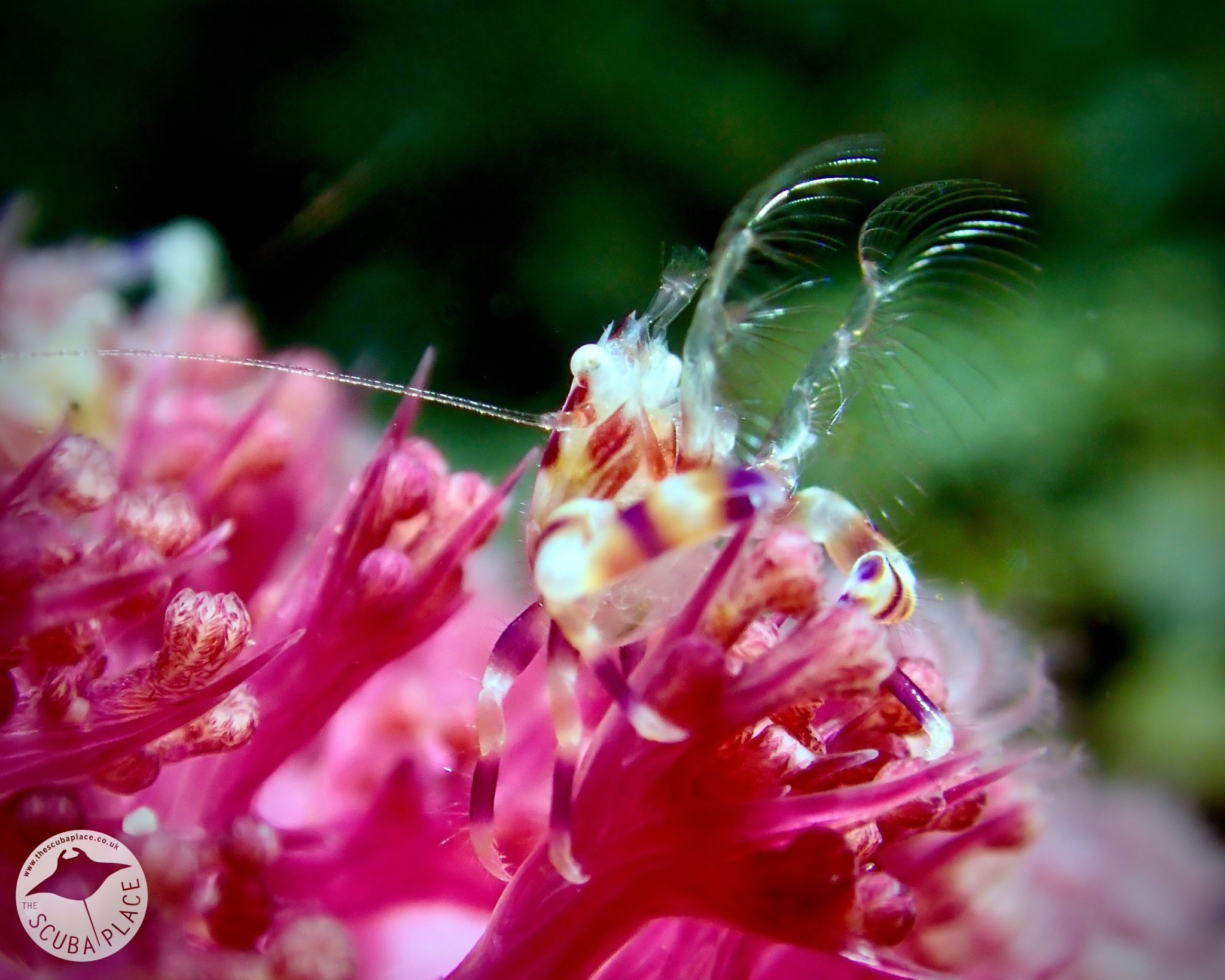
And Dive into Lembeh? I am addicted to this place too – it really is, quite simply, brilliant on all counts.
We’re heading back to Indonesia in January 2025 and will be returning to Lembeh after visiting Ambon and Triton Bay. Check out our brochure with full itinerary here. Come Dive with Us!
And our friends Anne and Phil Medcalf of Alphamarine Photography are hosting a Photography Workshop at Dive into Lembeh in August 2026. Click here for more information and drop us a line if you’re interested!
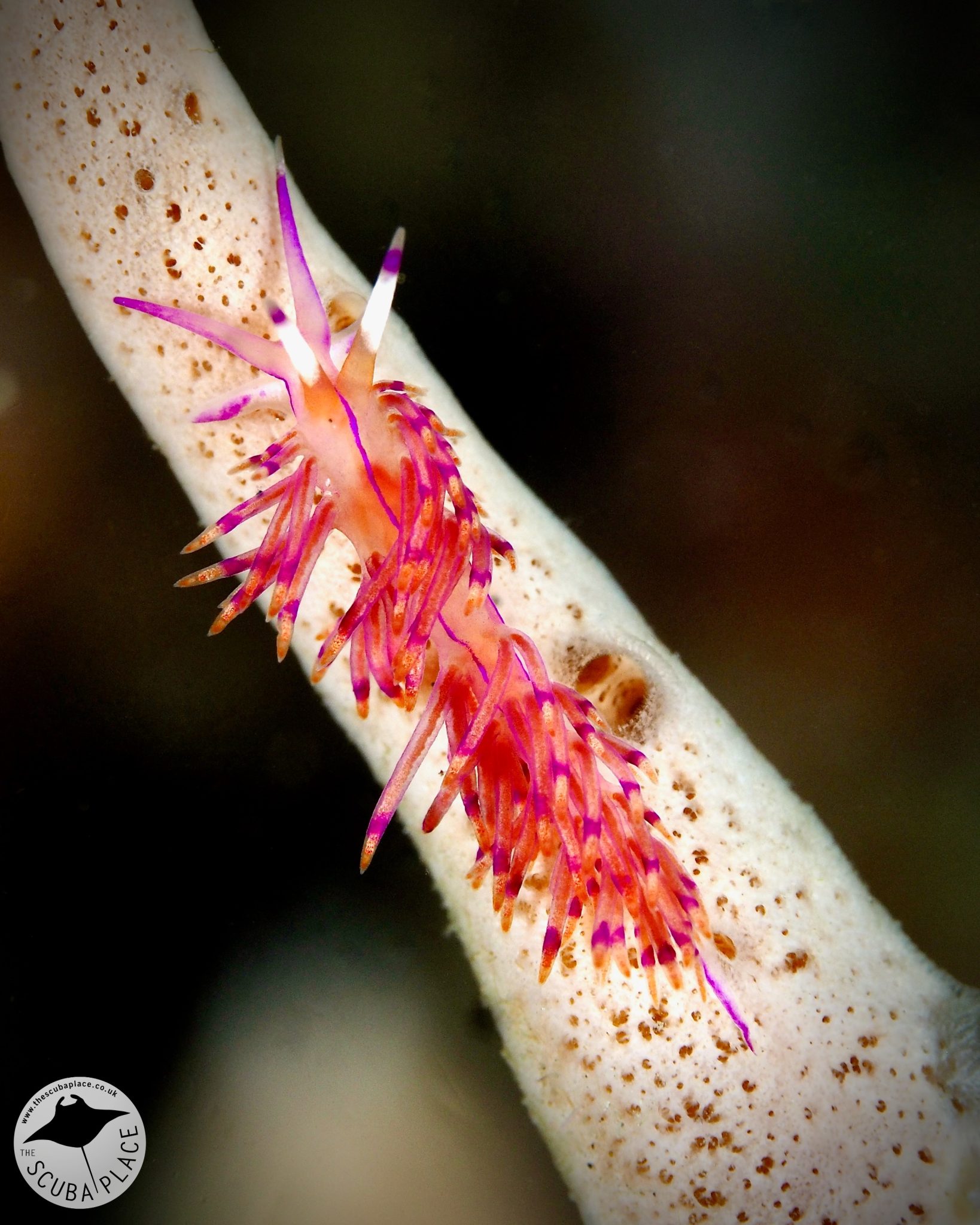
Key Facts:
- Getting there :We suggest flying with Emirates from Heathrow to Jakarta via Dubai. From Jakarta you can fly direct to Manado on Garuda Indonesia. We prefer Garuda with their free 23kg dive equipment baggage policy and the flight is 3 ½ hours. We were greeted at the airport and transported across the island in comfort.
- Air temperature : Lembeh enjoys a tropical rainforest climate – average daily temperature throughout the year is 29 to 31°C. The warmest and driest months are August and September and the wettest months are usually November and December
- Water temperature :An average of 30°C. A 1-3mm full suit or shorty will suit most.
- Visa requirement : We purchased our Visa on Arrival at the Jakarta airport for $35USD (or 500,000IDR) The visa for an initial period of 30 days. Make sure you have pristine bank notes if paying in USD or exchanged GBP when you get to Indonesia. The bills must be unmarked and undamaged to be accepted. The Customs Declaration must be completed online and the provided QR code is shown to the Customs officers.
- Currency : Indonesian Rupiah(IDR) or US Dollar are accepted most places. We exchanged Sterling for Rupiah at the Jakarta airport for an attractive rate.
- Electricity :230V with European style (round pin) two-prong plugs. Our room and the camera room had extension leads with UK plugs so no adapter was needed.
- Internet and Wi-Fi :There is wifi in resort and worked well in our room. We were able to email, WhatsApp and post on social media without issue.
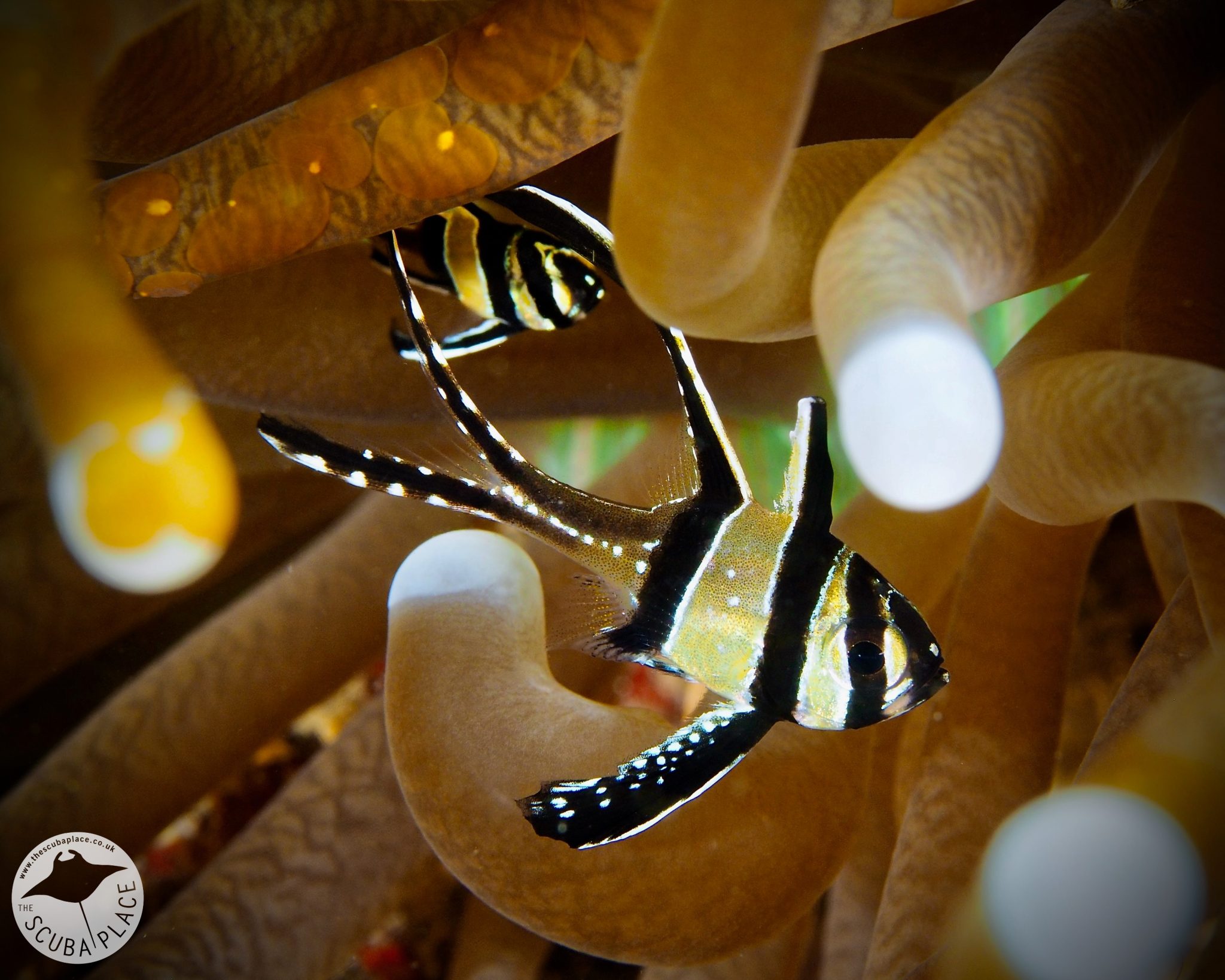
Price Guide: Expect from £2499 per person based on two sharing a long house room for 7 nights with 18 Dives – 3 boat dives and night dives are offered daily, and the house reef is available during daylight hours. Full board basis with amazing food and includes flights and transfers. Extras : Indonesian Visa on Arrival, soft drinks and adult beverages, and tips.
Our Advice: Indonesia is an amazing destination. Dive into Lembeh was the last top on our three-centre trip and we felt it was the perfect ending to an amazing holiday!
Packing tips :
- Rechargeable fan(s) :If you’ve read any of our recent trip reports we recommend these over and over again. Perfect for warm planes, stuffy transfers and still evenings. We can’t believe we travelled without them for so many years! Join the fan club and grab one off Amazon… you won’t regret it!
- Travel laundry line : We find this comes in handy for any mid holiday hand washing and definitely at the end of the trip to hang SMBs, reels, dive socks etc.
- Insect repellent :We’ve made a habit of throwing some repellent in our dive bags every trip!
Sunscreen : Don’t forget to protect yourself when you’re in the sun and on the water!!
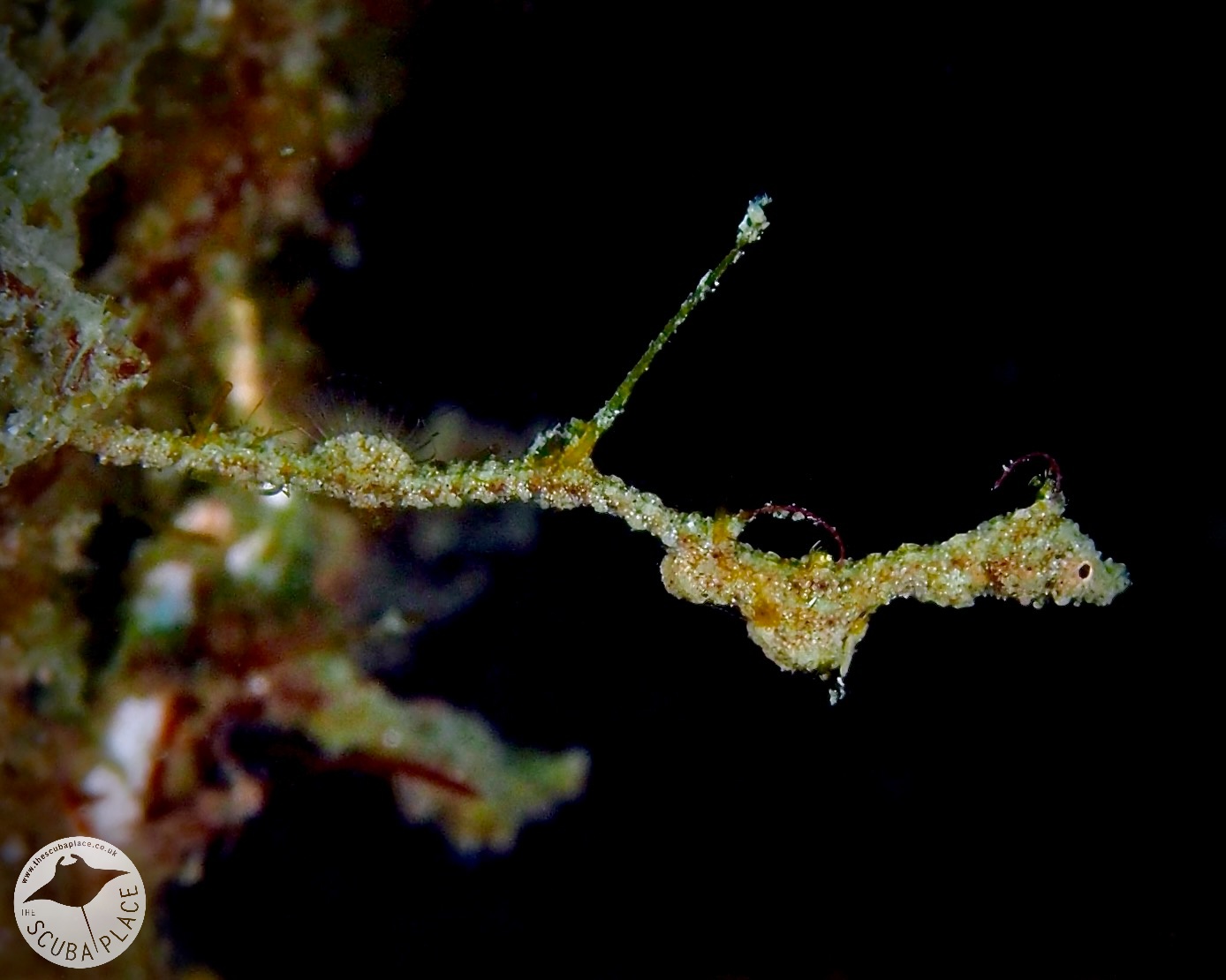
Come Dive with Us!
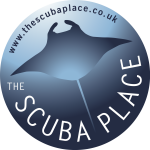 The Scuba Place designs and builds custom scuba diving holidays. With personal knowledge and experience diving in many of our destinations, there is no one better to help build your dream dive holiday. Come Dive with Us!
The Scuba Place designs and builds custom scuba diving holidays. With personal knowledge and experience diving in many of our destinations, there is no one better to help build your dream dive holiday. Come Dive with Us!
Call us at 020 3515 9955 or email at reservations@thescubaplace.co.uk
Find us at https://www.thescubaplace.co.uk
Facebook : https://www.facebook.com/thescubaplace
Instagram : https://www.instagram.com/the.scuba.place/
YouTube : https://www.youtube.com/channel/UCH684OdioYirI-zzdT58Ceg
Blogs
Alonissos: The complete diving destination (Part 1)

In June we were incredibly fortunate to be invited to dive in Alonissos, a small Greek Island in the Sporades island chain located in the North Aegean Sea. While I have long been a big fan of the Greek Islands as a great holiday destination, I had not had the opportunity to do any diving on previous visits and Mike and I were extremely excited to see what Alonissos had to offer both above and below the surface!

The Sporades are easily accessible via the airport in Skiathos (the first island in the chain), which is served by Jet2 flights from all major UK airports from May through October. Numerous ferries and charter boats make island hopping from Skiathos Town a breeze. After an hour boat ride, the picturesque port of Patitiri was a wonderful introduction to Alonissos, where we were met by our gracious hosts Kostas of Albedo Travel and Dias of Alonissos Triton Dive Center. Mike and I were delighted to be staying at the Paradise Hotel, aptly named for its stunning views over the sea and great location for walking to the waterfront.

Alonissos is beautifully situated in the National Marine Park of Alonissos and the Northern Sporades, the largest marine protected area in Europe. The surrounding seas offer fabulous marine life, including incredibly rare species such as the Mediterranean monk seal. They boast deep walls covered in gorgonians and sponges, stunning topography with caverns, swimthroughs and pinnacles, and the first accessible ancient shipwreck from 500BC!

In locations where historical sites have been reported, the waters are largely restricted, but with collaboration between government, underwater archeologists and dive centres, incredible underwater museums are being created for a truly unique diving experience. Alonissos is home to the first of these, the Ancient Shipwreck of Peristera Accessible Underwater Archeological Site. The chance to dive into history (along with reports of healthy reef life and amazing underwater topography) meant Mike and I were keen to get in the water.

Our introduction to the diving around Alonissos was at the Agios Georgios Pinnacles, in the channel between Alonissos and Skopelos. This fantastic site was named “The Chimney,’ and proved to have a huge amount to see. We got to a decent depth here (over 25m), and marvelled at a colourful reef wall with a wonderful swim through whose rocky walls were absolutely covered with life. As well as brilliant topography there was no shortage of macro life here. We saw numerous nudibranchs, five different species in total. The second dive at Mourtias reef nearby was a shallower dive along a nice wall with lots of crevices. Several moray eels and grouper called this site home. We enjoyed looking in the crevices for lobster and smaller benthic life, such as cup corals and tunicates.

Our itinerary allowed us two dives a day with afternoons left to explore the island with our hire car and evenings to enjoy the famous Greek hospitality. This proved to be a lovely mix of in-water and land based diversions.

The next days diving to the Gorgonian Gardens and Triton’s Cave was to be even better! These two stunning sites are nothing short of fabulous. The Gorgonian Gardens was a deep wall near to the Agios Georgios islands. The ever-present currents in this deep channel meant that the sea life was amazing … the namesake Gorgonian sea fans dotted the wall at a depth of 30 to 50 meters, getting ever larger the deeper we went. Above 30m was by no means less beautiful, with sponges, corals, scorpionfish, moray eels and some rare and colourful nudibranchs.

The second shallower dive of the day was to Triton’s Cave or the Cavern of Skopelos, on the east side of that island. The spectacular rock formations had wild striations both above and below the water making a truly epic topography. The cavern entrance was at 14m, and big enough for a buddy pair, winding up to 6m and passing two beautiful windows out into the blue. Emerging from the cavern, the light at the shallower depths and the incredible rock formations made for a fantastic gentle swimming safety stop and we all surfaced by the boat with massive grins.

Check out our next blog :Alonissos: The complete diving destination (Part 2)” to hear about our amazing dive on the 2500 year old Peristera Wreck!
Thanks to:
Alonissos Triton Dive Center https://bestdivingingreece.com/
Albedo Travel https://alonissosholidays.com/activities/
Paradise Hotel https://paradise-hotel.gr/
Alonissos Municipality https://alonissos.gr/en/
Blogs
Mamma Mia! Diving Skopelos (Part 2)

Our second days dive itinerary was to the famous Christoforos wreck! This is arguably the best dive in Skopelos and though only open to divers with deep diving experience, this 83m long wreck is well worth the visit.
The Christoforos sits in 43 meters of water with the deck at 32 to 35 meters. A 30m dive can give an impressive view of the wreck, though such a large wreck needs a few dives to truly do it justice. Given its ideal location just a 2 minute boat ride from the dive centre dock it is an excellent first dive of the day. The sheltered site is also diveable in all but the absolute worst weather so although deep, the water is usually clear with little to no current making it a very pleasant dive. The site is superb for technical diving and a great training site for the Tec 40 and 45 programs, offered by Skopelos Dive Center.

The Christoforos wreck was originally a collier ship built in 1950 at Grangemouth shipyard under the name “Thomas Hardie”. In 1976 she joined the Greek merchant fleet as “Christoforos”. On the 2nd of October 1983 the Christoforos was carrying 2600 tonnes of cement from Volos to Piraeus Port. During the voyage the weather turned, resulting in the ship developing a 7 degree list, whereby she changed course for safe anchorage at Panormos, Skopelos. The ship reached Panormos at 16:00 with a list of 17 degrees and water ingress to No. 1 hull. Though attempts were made to right the vessel, the crew were ordered to abandon ship at 22:00. The captain, lieutenant and the quartermaster remained to try and save the ship, but had to abandon the attempt themselves and the Christoforos finally sank at 05:30 on 3rd October 1983. She now sits upright in 43 meters of water less than 200m from shore in Panormos.

Diving has only been allowed here since 2018, so the wreck is very well preserved and a real treat to dive. Permission to dive here was granted by the authorities after lots of incredibly hard work by the Skopelos Dive Center staff. Having a fantastic wreck in such an amazing location and in excellent condition is a real privilege.

Of all the sites in Skopelos this was the site Mike and I were most keen to experience. Having kitted up and zipped across the bay to the mooring, we left the surface and followed the descent line until the wreck emerged spectacularly from the blue at 15m. She is a big and beautiful wreck, sitting as though calmly continuing her journey along the seabed. With most of her original features still intact there were points of interest everywhere, including the anchors, winches, ships telegraphs, the wheel and RDF antenna.

We found that aquatic life had colonised the ship, with schools of fish, electric blue nudibranchs, a large moray eel and the resident scorpionfish lurking inside the bridge. The Christoforos was truly a stunning wreck and despite maximising our time at depth we eventually had to say our goodbyes and begin the slow and steady return to the surface.

After a superb morning dive we had the afternoon to do a little sightseeing of the island, with a trip to the church of Agios Ioannis Kastri made famous by the blockbuster movie “Mamma Mia!”. Mike and I spent a happy afternoon pootling around in our little hire car before meeting up with Lina from Skopelos Dive Center. An underwater archeologist as well as a dive professional, Lina had offered to show us a rather special attraction, the Christoforos shipwreck Digital Spot public information and awareness centre.

A fantastic initiative made possible from the collaboration of the government and hard work of the staff at Skopelos Dive Center is the “Digital Spot” in Agnontas port. This information center has a number of displays on the history of the Christoforos wreck, the process by which the wreck was allowed to be opened to the public for diving tourism, other sites of historical interest in the area, a video of the wreck and the best bit, a virtual reality dry dive experience! The beauty of the VR system is that non diving members of the family can see what you have seen on the wreck, or you can see areas that you may not have explored during the dive due to time or depth limitations. It was a truly immersive experience and a great addition to the dive itself.

After a wonderful day we celebrated our last evening on the island with an exquisite meal in Skopelos Town with fabulous views over the town and bay, washed down with the excellent local wine. The lamb with lemon and potatoes was a meal which I could happily eat every day for the rest of my life!

Skopelos is an island that truly has it all. The diving is excellent, the landscape is beautiful with plenty of non diving activities, the locals friendly and the food and drink superb. Given how accessible it is as a holiday destination it has avoided becoming overcrowded and even in peak season offers a fun yet relaxing atmosphere. We highly recommend giving Skopelos a visit. We will certainly be back again!
Thanks to:
Municipality of Skopelos (https://skopelos.com/)
Skopelos Dive Center (https://sporadesdiving.gr/)
Ionia Hotel (https://www.ioniahotel.gr/en)
Dolphin of Skopelos (https://dolphinofskopelos.com/)
Ta Kymata restaurant (@takymata)
The Muses restaurant (https://www.facebook.com/TheMussesMousses/)
Aktaiov resturant (https://skopelos.com/listings/aktaion-taverna/)
-

 Blogs2 months ago
Blogs2 months agoDiving With… Nico, Ocean Earth Travels, Indonesia
-

 News1 month ago
News1 month agoMurex Bangka Announce New Oceanfront Cottages & Beachfront Dining
-

 Blogs2 months ago
Blogs2 months agoA new idea in freediving from RAID
-

 Marine Life & Conservation1 month ago
Marine Life & Conservation1 month agoIceland issue millionaire whale hunter a licence to murder 128 vulnerable fin whales
-

 Marine Life & Conservation2 months ago
Marine Life & Conservation2 months agoThe Shark Trust Great Shark Snapshot is back
-

 News3 months ago
News3 months agoCharting New Waters; NovoScuba Goes Global with the Launch of their Revolutionary Dive Training Agency!
-

 Gear News1 month ago
Gear News1 month agoNew Suunto Ocean – a dive computer and GPS sports watch in one for adventures below and above the surface
-

 Marine Life & Conservation Blogs2 months ago
Marine Life & Conservation Blogs2 months agoBook Review: Plankton















